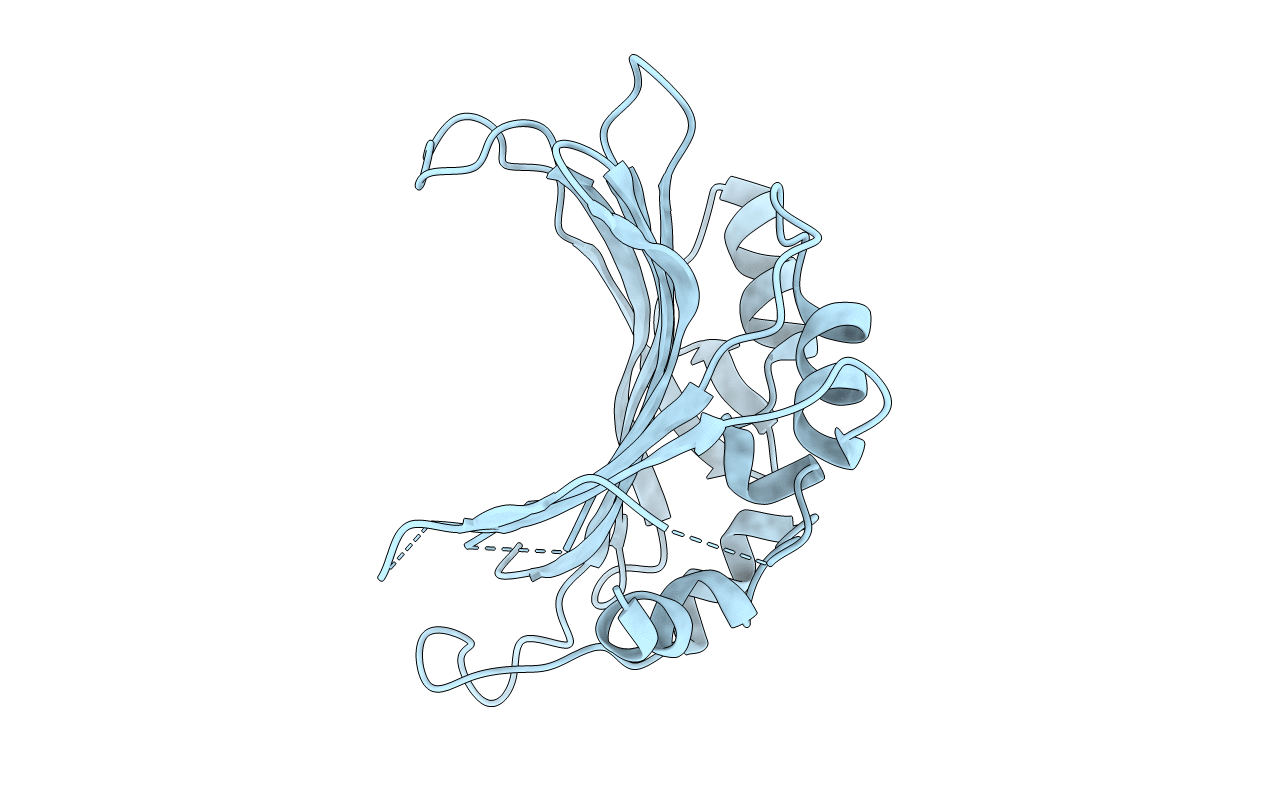Abstact
In the human pathogen Staphylococcus aureus, there exists an enormous diversity of proteins containing DUFs (domains of unknown function). In the present study, we characterized the family of conserved staphylococcal antigens (Csa) classified as DUF576 and taxonomically restricted to Staphylococci. The 18 Csa paralogues in S. aureus Newman are highly similar at the sequence level, yet were found to be expressed in multiple cellular locations. Extracellular Csa1A was shown to be post-translationally processed and released. Molecular interaction studies revealed that Csa1A interacts with other Csa paralogues, suggesting that these proteins are involved in the same cellular process. The structures of Csa1A and Csa1B were determined by X-ray crystallography, unveiling a peculiar structure with limited structural similarity to other known proteins. Our results provide the first detailed biological characterization of this family and confirm the uniqueness of this family also at the structural level. We also provide evidence that Csa family members elicit protective immunity in in vivo animal models of staphylococcal infections, indicating a possible important role for these proteins in S. aureus biology and pathogenesis. These findings identify the Csa family as new potential vaccine candidates, and underline the importance of mining the bacterial unknown proteome to identify new targets for preventive vaccines.



